
For decades, the St. Louis Cardinals have been held up as a model franchise—an organization other teams point to when they talk about sustainability, consistency, and the ability to marry scouting and development with savvy roster decisions. Year after year, they found themselves in some level of contention, even during seasons when the roster did not appear overpowering on paper.
They rarely bottomed out in the standings, and they almost never approached situations that signaled a rebuild. Stability was a part of their identity, baked into the culture of the franchise just as much as the famous sea of red in the Busch Stadium stands.
Yet the baseball landscape is always shifting. Other teams have become more aggressive, younger, faster, and more analytically driven. Meanwhile, the Cardinals—the team that always seemed to be one or two steps ahead—now appear to be at a crossroads they have seldom encountered.

Their roster skews older, their performance has dipped in key areas, and the path back to consistent playoff contention no longer appears straightforward. They are not a disaster, but they also aren’t good enough. They are stuck between eras, with their current group straddling the line between optimism and stagnation.
More MLB: Understand Cincinnati Reds Makes Tough Call On Trading Top Utilityman
This uncomfortable reality has forced the team’s leadership to confront an unfamiliar possibility: embracing change that could involve trading established veterans.
According to a report from Bob Nightengale of USA Today, the Cardinals are weighing major roster shifts as they attempt to redirect the team’s trajectory. Two names stand out as players who could be moved in pursuit of a fresher, younger, more dynamic core—starting pitcher Sonny Gray and veteran third baseman Nolan Arenado.

Gray, acquired with high hopes to anchor the Cardinals’ rotation, continues to perform at a level that places him among the better right-handed starters in Major League Baseball. Even with the team struggling around him, his personal skillset has not diminished. For a franchise still believing it’s close to contention, dealing Gray may seem counterintuitive.
However, other teams—especially those with a stronger immediate chance to contend—view him as a premium trade target. Nightengale describes Gray as “one of the finest starters on the trade block,” a testament to how valuable his presence in a rotation could be for a team in need of a top-tier arm.
More MLB: Seattle Mariners’ Star Faces An Exit Rout After Top Decision-Makers From The Front Office
But the challenge lies in the financial details. Gray is being paid $35 million this year. In addition to the sizable salary, he possesses a full no-trade clause, granting him final say on any potential relocation. His contract also includes a $30 million club option for the 2027 season.

These financial components complicate discussions: while teams covet the player, they don’t necessarily covet the contract. If St. Louis truly wants to move him, they might have to do more than simply pick up the phone and negotiate—they may need to absorb a significant portion of his remaining salary to make the transaction appealing to other clubs.
The same dilemma applies to third baseman Nolan Arenado, though the circumstances differ slightly. Arenado, long regarded as one of the premier defensive third basemen in baseball and a consistently productive hitter, is not quite the same player he was in his prime.
Age and workload appear to have introduced subtle declines in both offensive output and defensive range. Even so, he remains a highly capable contributor—steady at the plate and reliably solid with the glove. For teams seeking an experienced infielder with postseason experience and leadership qualities, Arenado would still be a meaningful addition.

Nightengale notes that Arenado previously declined trades to the Houston Astros and Los Angeles Angels, exercising the control built into his contract. At that time, Arenado was committed to remaining in St. Louis—invested in the team’s direction and hopeful that the Cardinals could return to postseason relevance.
More MLB: White Sox officially cut ties with young talent
But now, according to Nightengale, the climate has changed. Arenado may be far more open to waiving his no-trade clause if it leads to a fresh opportunity, perhaps one with clearer prospects for competing deep into the postseason. Where he once said no, he might now say yes to almost anyone. That alone marks a significant shift.
But again, contract economics loom large. Arenado is still owed approximately $31 million through 2027. St. Louis would almost certainly need to pay down a notable portion of that remaining money to facilitate any deal. The idea of spending significant cash simply to move a player elsewhere isn’t easy for ownership to swallow—especially for a franchise that prides itself on fiscal responsibility—but that may be the cost of clearing roster space and freeing itself from commitments to aging stars.
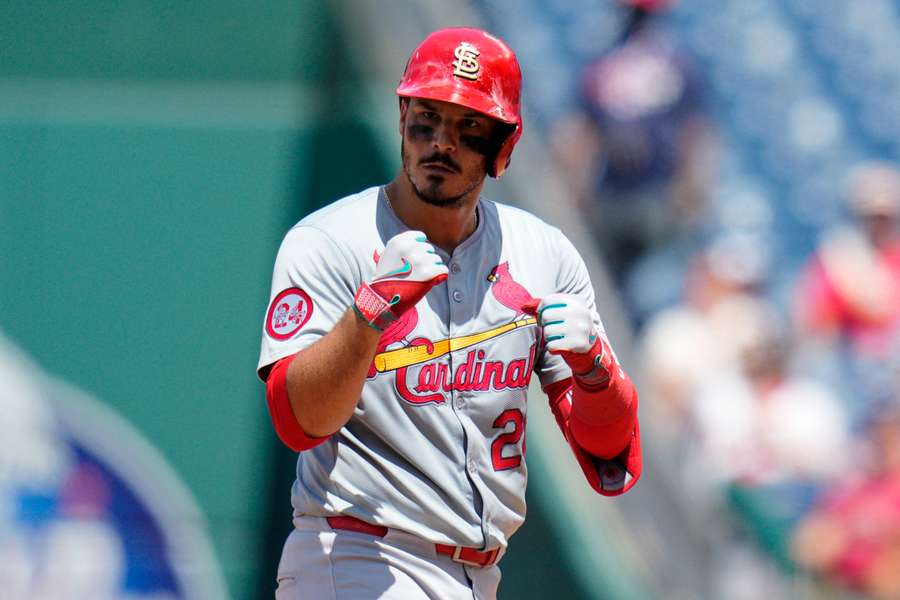
The financial component is central to everything. St. Louis is not attempting to trade good players because they believe those players lack talent. They are weighing these moves because keeping expensive veterans on a roster that is trending toward transition only delays progress. The Cardinals need flexibility—roster flexibility, payroll flexibility, and future flexibility. In today’s league, where younger stars emerge rapidly and teams prioritize dynamic athleticism and up-the-middle defense, clinging to an aging core can paralyze a club.
Nightengale frames the situation as a stark economic reality: if the Cardinals want real traction on any Gray or Arenado trade discussions, they will have to include financial incentives. Teams aren’t lining up to take on 30-plus million dollars in salary without support from the sending club.
St. Louis would need to “grease the skids,” as the expression goes, by committing to absorb part of the cost. In exchange, the Cardinals could seek younger, cost-controlled players who fit their vision of the future, or prospects who could become cornerstone pieces in their next competitive window.
More MLB: Braves dive into free agency very aggressively sign $187 million Padres’ Ace
For a fanbase accustomed to contending nearly every year, the idea of trading beloved veterans may feel unsettling. Fans might reasonably ask why the Cardinals don’t just wait out the contracts, hope for internal development, and try again. But waiting has already cost them time.
The Cardinals front office appears to sense urgency: failing to adapt could leave the organization stuck in mediocrity. By contrast, taking decisive action—even if it means paying down contracts and saying goodbye to familiar faces—could accelerate a necessary transformation.
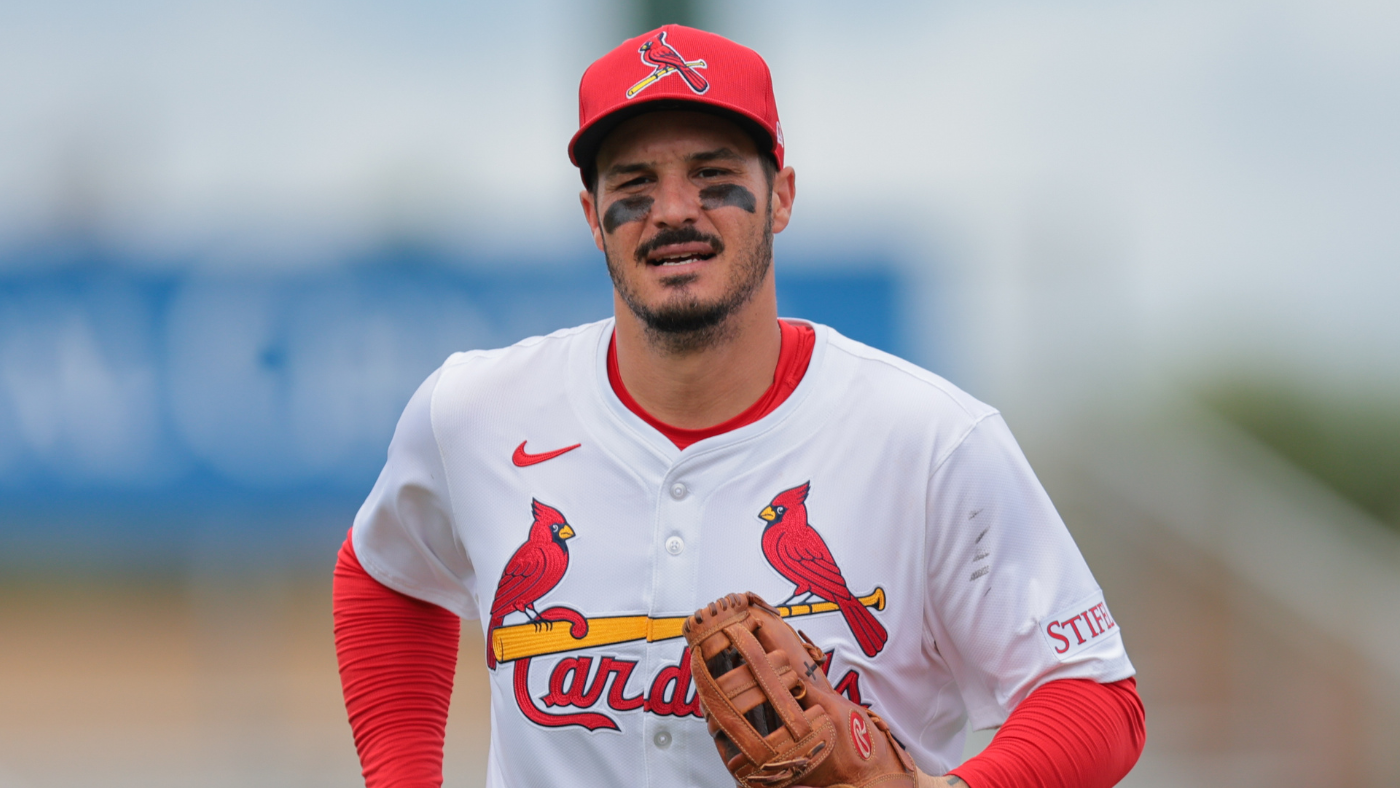
In other words, the Cardinals are confronting a truth many organizations eventually face: sometimes you must let go of what once worked in order to build what will work next.
This isn’t a teardown. It’s not a fire sale. It’s more akin to a renovation—a retool aimed at reshaping the structure without demolishing the foundation. Players like Gray and Arenado have value, but their value may serve the team better as trade assets than as aging veterans occupying roster spots during a transitional phase.
More MLB: Phillies’ 3.79 ERA All-Star To Land With Cubs
Moving into a new era requires bold decisions. It requires acknowledging that yesterday’s plan may not be tomorrow’s solution. And it requires confronting the uncomfortable reality that even great players eventually reach points in their careers when they no longer align with a team’s timeline.
If St. Louis wants to reemerge as a contender, the organization must not only embrace change—it must fund that change. Eating salary is simply part of the price of progression. The Cardinals can pay that cost in dollars now, or they can pay the cost in wasted seasons later.
Nightengale’s reporting paints a clear picture: the Cardinals cannot truly move forward without moving on. The upcoming months will determine whether the front office is ready to take the leap.
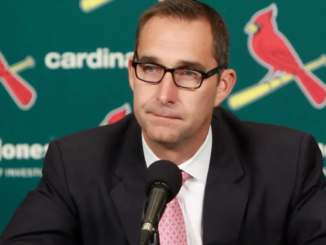
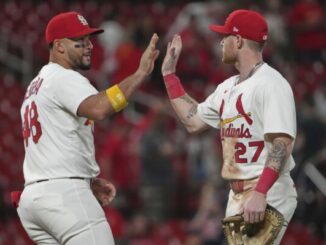
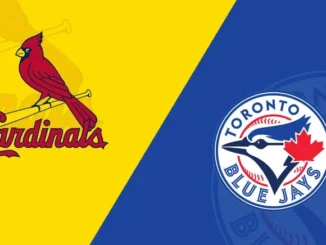
Be the first to comment